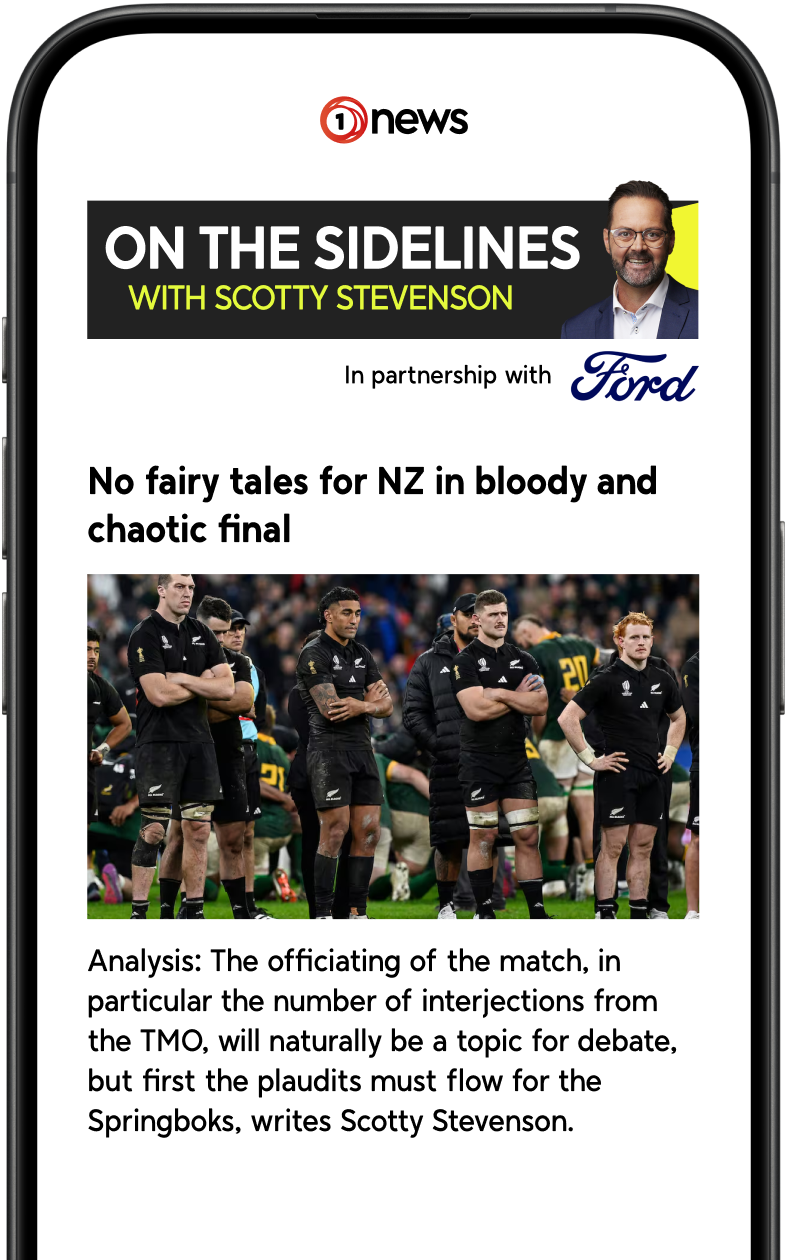Tucked away at the back of High Performance Sport New Zealand’s Auckland office is a small lab with a sign on the door reading, "No Entry; Authorised Personnel Only".
It’s filled with engineers, software and hardware programmers, electrical experts and others who operate a world away from the sporting field but still have a major impact on it.
This is Gold Mine — a highly secretive innovation wing of HPSNZ that develops technology to help athletes win gold medals.
"We enable our athletes to get as close as possible to their perfect performance," is how Head of Innovation Simon Briscoe sees it.
Over the past decade more than 100 Olympic, Paralympic and World medals have benefitted from Gold Mine technology.
It’s taken years of negotiation to be allowed inside to see what they’re working on with an element of secrecy built into everything they do.
"You keep a lid on certain things," said Briscoe with a sly smile.

First, there’s the motion sensitive kayak paddle which is used by Dame Lisa Carrington and the New Zealand kayak squad.
Bespoke electronics tucked into the shaft mean the paddle can determine which way is up, allowing data to be collected about its movement in an athlete’s hands and feeding information to coaches about speed, direction and other key indicators.
There’s also a prototype of the rudder sensor being used by Olympic sailors Molly Meech and Jo Aleh.
In reality, it’s a small blue box which is fitted to their boat that captures steering data every time they’re on the water.
"Info is key and it's probably been missing in the Olympic sailing scene, especially for New Zealand," said Aleh.
"It will change the way we can debrief and the way we can learn and hopefully fast track our skill sets," added Meech.
For every successful piece of technology, hours have gone in behind the scenes in the lab. In fact, Briscoe said one piece of electronics used on the kayak paddle is probably more a matter of "man-years rather than man-months".
There’s also the challenge of products being around water, so weeks can be dedicated to finding the right glue — or special “goop” as Briscoe called it — to seal a product from the elements.
Over the years the Innovation Hub has also made Paralympic sit-skis more aerodynamic, developed prosthetic attachments to help athletes lift weights and helped data be gathered in all sorts of challenging environments Their latest project is a collection device that can be fitted into a swimmer’s cap.
But Briscoe added the technology can’t win medals on its own.
"In a lot of cases the real secret sauce is how you use that information, what difference it's going to make in the context of your athlete in their programme," he said.
As the Paris Olympics beckons and athletes work to find the smallest margins, sometimes it’s the smallest bits of gold that can make all the difference.



















SHARE ME